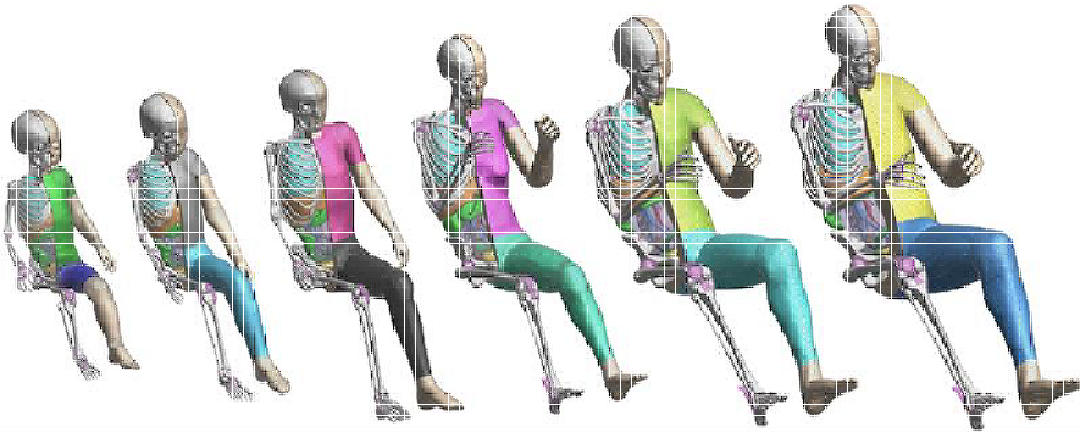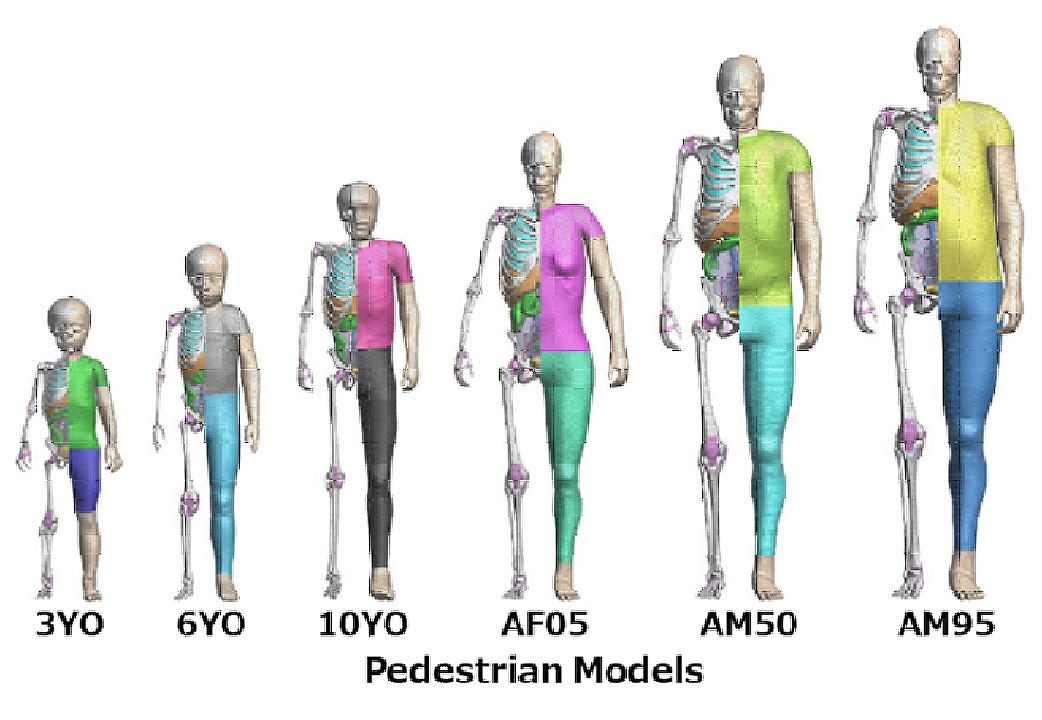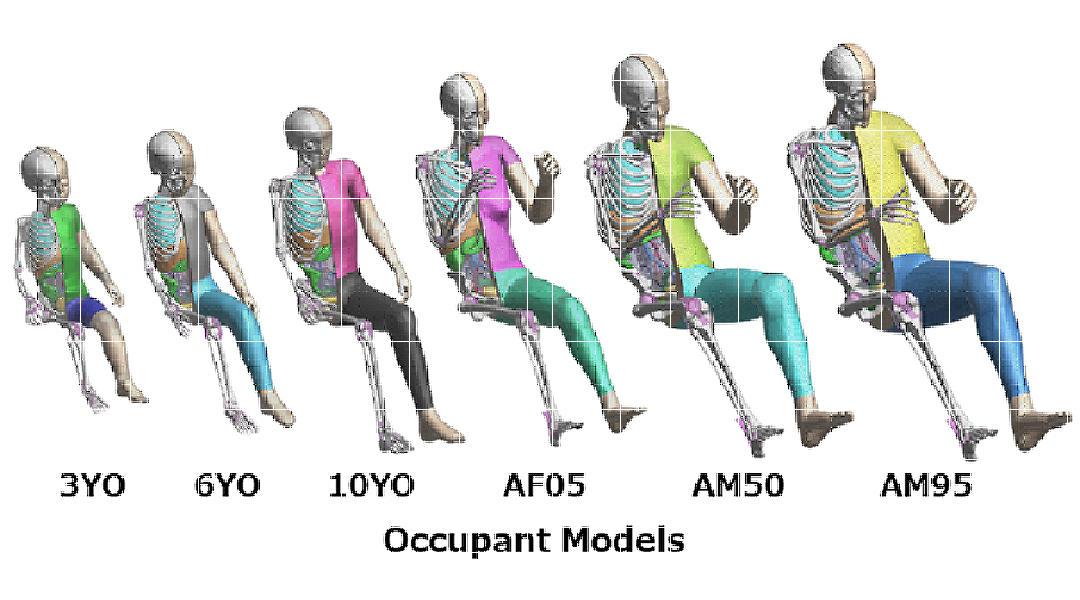LANGUAGES


TORONTO, ON, June 16, 2020 ― Toyota Motor Corporation (Toyota) today announced that it will make its Total Human Model for Safety (THUMS) software freely available from January 2021 as part of its efforts toward a safe mobility society. THUMS is a virtual human body model software program for computer analysis of human body injuries caused in vehicle collisions. Free access to THUMS and subsequent use by a wider variety of users is expected to enhance vehicle safety.
Designed to aid in the research and development of vehicle safety technologies, and developed in cooperation with Toyota Central R&D Labs., Inc., THUMS was the world’s first virtual human body model software, when it launched in 2000, able to simulate and analyze injuries caused in vehicle collisions. Since that time, and up until the latest Version 6 was released last year, it has continually evolved to add a range of models with different genders, ages and physiques that include skeletal structures, brains, internal organs, and muscles. Compared to the physical crash dummies commonly used in vehicle collision tests, THUMS is able to analyze collision-related injuries in more detail because it precisely models the shapes and strengths of human bodies. Conducting simulations on computers also enables repeated analysis of a range of different collision patterns while it can dramatically reduce development lead-times and development costs associated with collision testing.
Evolution of THUMS
THUMS is currently used in vehicle safety research by over 100 vehicle manufacturers, suppliers, universities, research institutions and others in Japan and overseas. It is being used to research and develop many different safety technologies, such as seatbelts, airbags, and vehicle structures that help reduce injury risk in vehicle collisions with pedestrians. Vehicle safety assessment organizations are also currently considering the use of THUMS for virtual testing in their future assessment plans.
Making THUMS freely available is expected to not only enable a greater number of people to use it in their vehicle safety research, but to also improve the usability of the software as users make improvements to the model themselves and share the results with others.
Seigo Kuzumaki, Fellow at Advanced R&D and Engineering Company, offered the following comment about free access to THUMS.
“Since we first launched THUMS in 2000, we have been making ongoing improvements and working insatiably to better represent the human anatomy and expand the model variations. It is now an essential technology in Toyota’s efforts to develop safety technologies and vehicles. We decided to make the software freely available to enable even more people to use it, and to further enhance vehicle safety across the entire automotive industry and to help reduce traffic injuries and fatalities to create a safer society. We look forward to seeing it used broadly in development to create a future mobility society of automated vehicles and other technologies.”
With the start of free access to THUMS, software primary license sales through JSOL Corporation (Tokyo) and ESI Group (Paris) will come to an end during 2020.
THUMS Version 4: Models
Models include detailed human anatomy (skeletal structures, brains, internal organs, etc.) in a range of genders, ages, physiques, and postures.
Note. Versions 4, 5, and 6 will be made available at no charge.

Every effort has been made to ensure the product specifications, equipment, and content on this site are accurate based on information available at time of publishing. In some cases, certain changes in standard equipment or options may occur, which may not be reflected online. Toyota Canada reserves the rights to make these changes without notice or obligation.